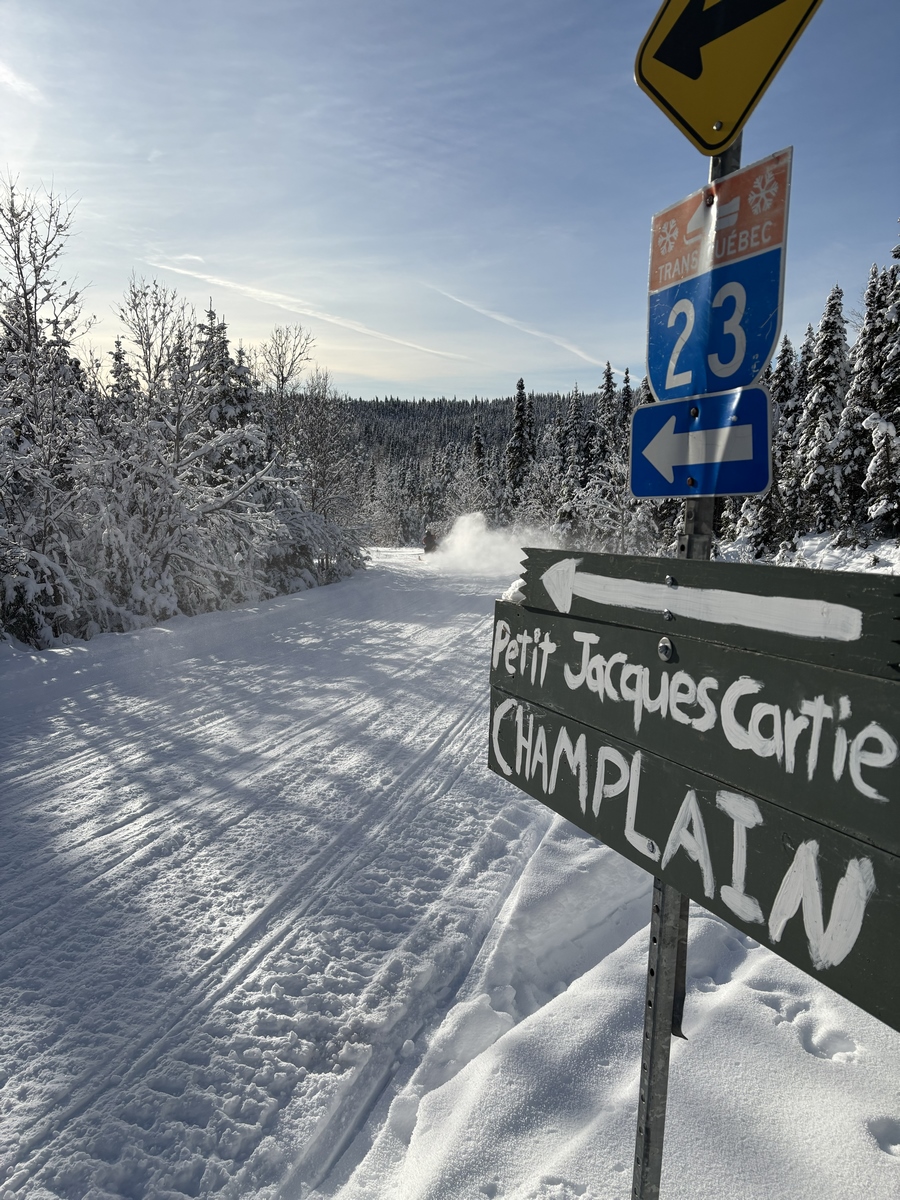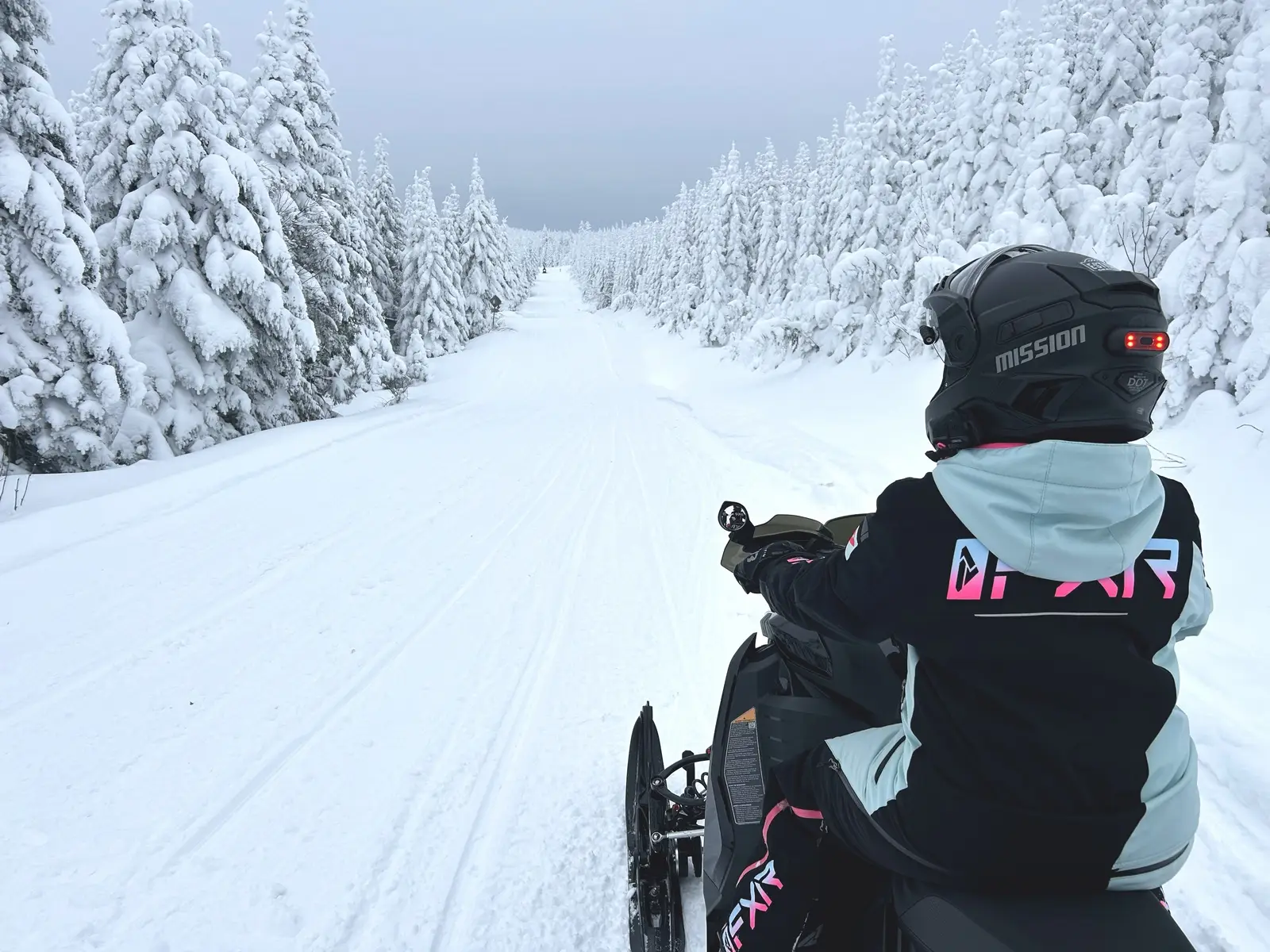Table of contents
ToggleWinter is more than just a cold season—it’s a vast playground waiting to be explored! Picture yourself riding along snowy trails, feeling the adrenaline with every turn, and taking in breathtaking scenery. Whether you’re seeking thrills or a new way to enjoy winter, snowmobiling opens up a world of possibilities. But before diving into this adventure, proper preparation is key. If you’re a new snowmobiler, this guide is for you! From choosing the right machine to essential gear, clothing, and safety rules, this guide will walk you through everything you need to make your first rides unforgettable.
Strap on your helmet—let’s start the adventure here!
Find the Snowmobile That Fits Your Needs
Before hitting the trails, it’s important to understand your needs to choose the right machine. Are you looking to cruise groomed trails for scenic views, reach a remote cabin, or explore deep snow? Do you prefer riding solo or sharing the experience with a passenger?
Depending on your goals, you can choose from three main types of snowmobiles:
- Trail models: Perfect for long-distance rides.
- Utility models: Robust and ideal for carrying gear or accessing remote areas.
- Mountain models: Lightweight and powerful, designed for deep-snow adventures.
With a clear idea of your needs, a dealer can help you select the model that’s best suited for you.
Essential Snowmobiling Equipment
When investing in a snowmobile, it’s crucial to choose gear that ensures safety, comfort, and optimal machine performance.
Mirrors
Mirrors are indispensable and often required for trail riding. While they might seem standard, they’re not always included with the purchase, so make sure to add them.
Ice Scratchers
To protect your snowmobile on hard or icy surfaces, ice scratchers are essential. They play a key role in cooling your machine and protecting it from wear.
Specialized Carbides
For maximum control, install specialized carbides. They reduce darting, improve cornering, and make steering more effortless.
Spare Belt
A spare drive belt is a necessity. Most snowmobiles have a storage compartment for one, ensuring you’re prepared for emergencies.
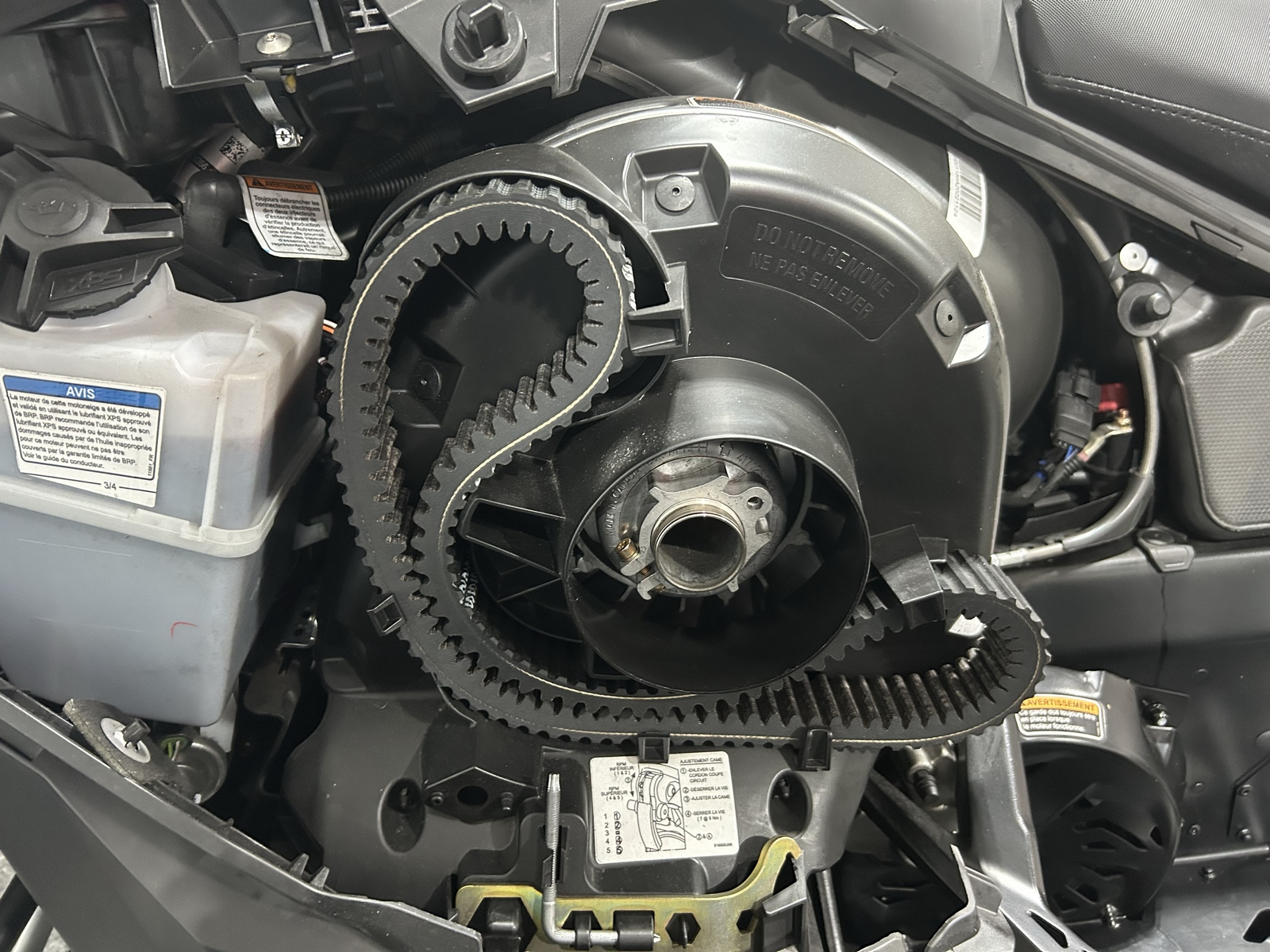
Studded Track
For better traction on ice, consider a studded track. Studs provide secure starts and stops as well as optimal grip on trails. However, if you go this route, install a tunnel protector to safeguard your snowmobile against dislodged studs.
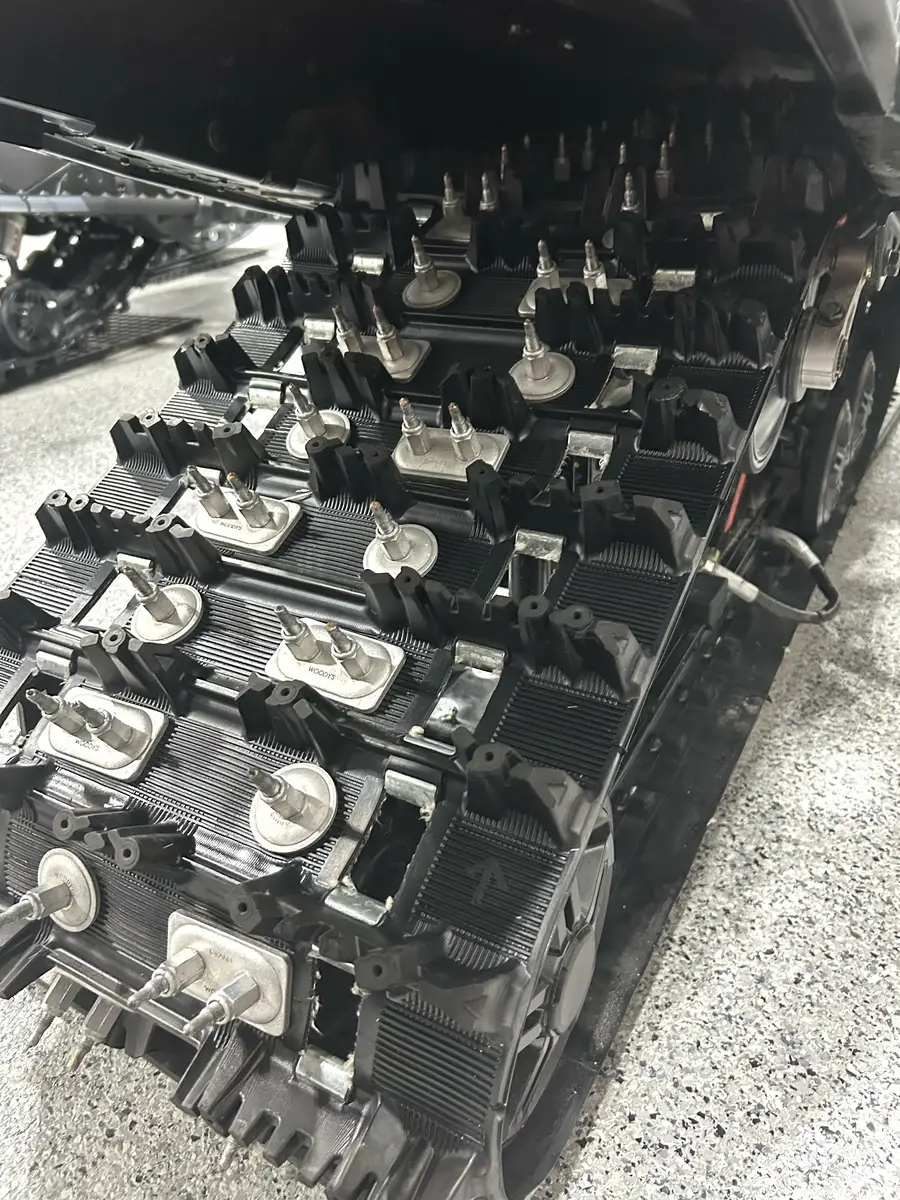
Ski Wheels
Ski wheels are a handy addition for moving your snowmobile over non-snowy surfaces, like gas stations or parking lots, protecting your carbides and skis in the process.
Spare Fuel Canister
For longer trips, carry a fuel canister. An unexpected detour could leave you stranded, and nobody wants to run out of gas in the middle of nowhere. For two-stroke engines, bring extra oil as well.
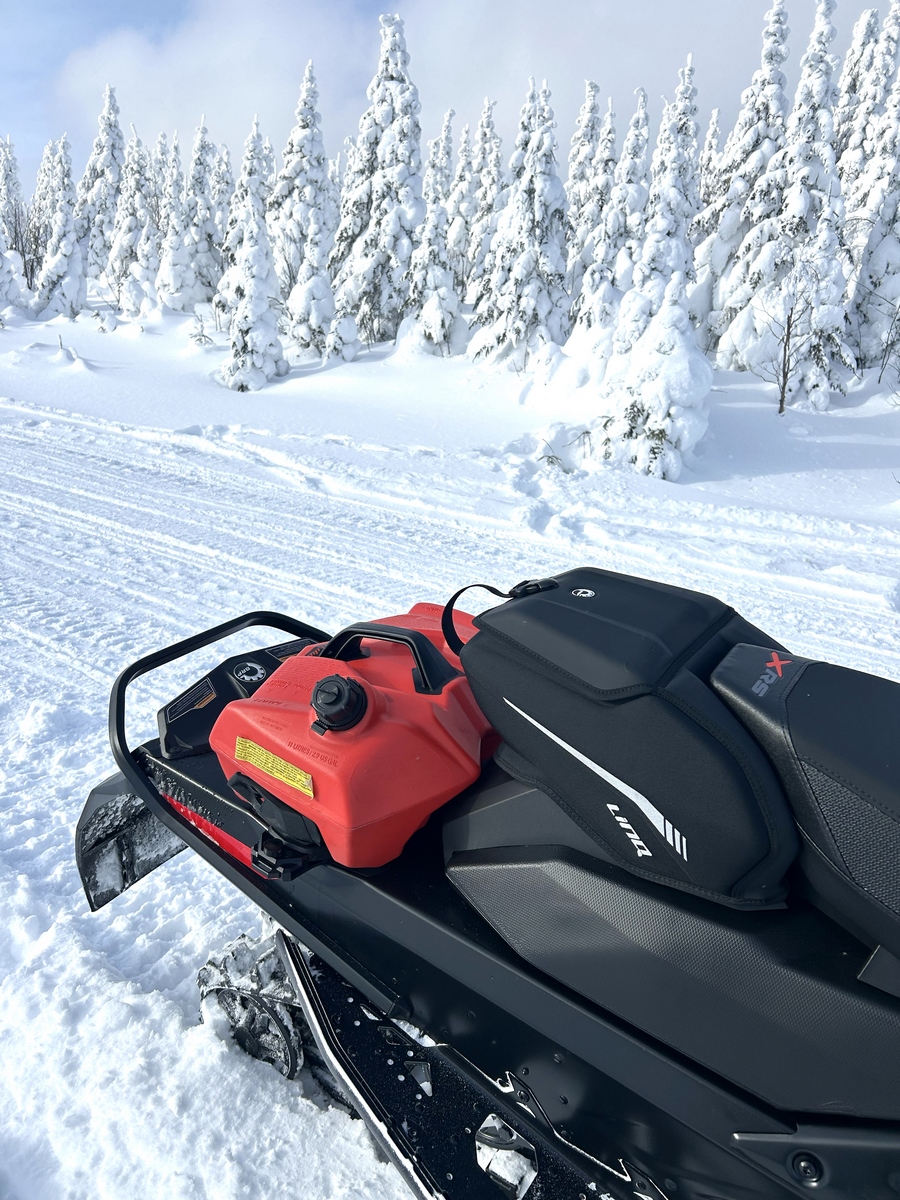
Waterproof Gear Bag
A waterproof gear bag is indispensable. Choose one that also accommodates your spare fuel canister. Since these items are valuable, consider adding a lock for added security.
Emergency Kit
Pack an emergency kit with essentials: first-aid supplies, fire starters, emergency blankets, a flashlight, a small knife, a tow strap, rope, snacks, water, and tissues. Customize the kit based on your specific needs.
Essential Clothing for a Great Snowmobiling Experience
To fully enjoy your snowmobiling adventure, it’s essential to dress properly to stay comfortable, warm, and dry.
Layer Up
For optimal comfort, start with a snug base layer that wicks moisture to keep you dry. Add an insulating mid-layer to retain heat, then finish with a snowmobile suit for protection against the cold, wind, and water. Pair with insulated, waterproof gloves or mittens, and warm boots with merino wool socks. Heated insoles are a great option for extra warmth.
Headwear Matters
A properly fitted winter helmet with a heated visor is essential to prevent fogging. Pair it with a balaclava to protect your face from the cold and a beanie for breaks when the helmet comes off.
For personalized advice, visit a specialized store to find the gear that perfectly suits your needs.
Planning and Safety
Before heading out, ensure your paperwork is in order, including registration, insurance, and trail permits. Plan your route using the FCMQ website or the iMotoneige app. These tools provide interactive maps with points of interest, such as lodging, restaurants, gas stations, and scenic lookouts. They also let you check trail conditions, grooming schedules, and snow accumulation to plan a realistic itinerary.
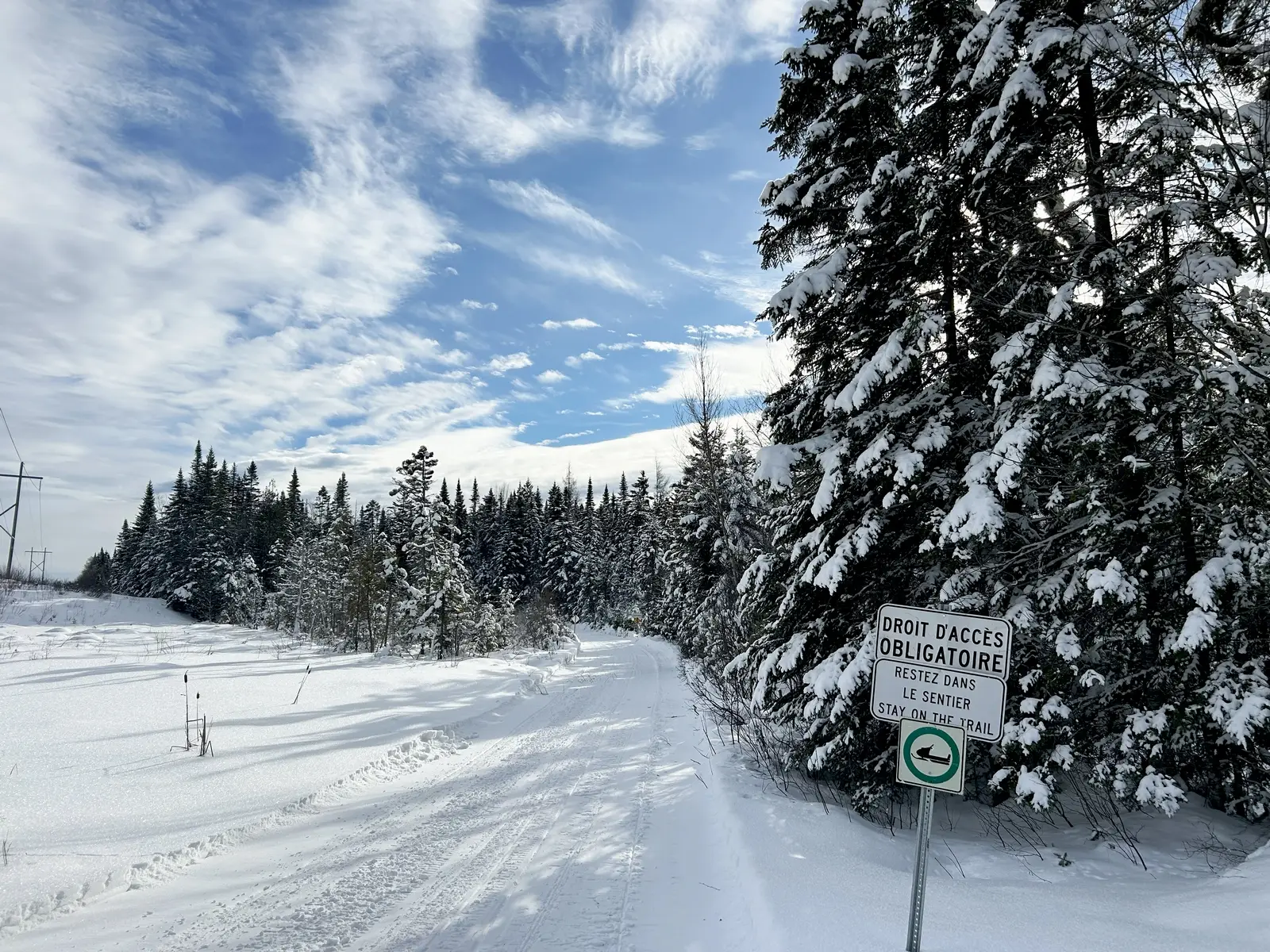
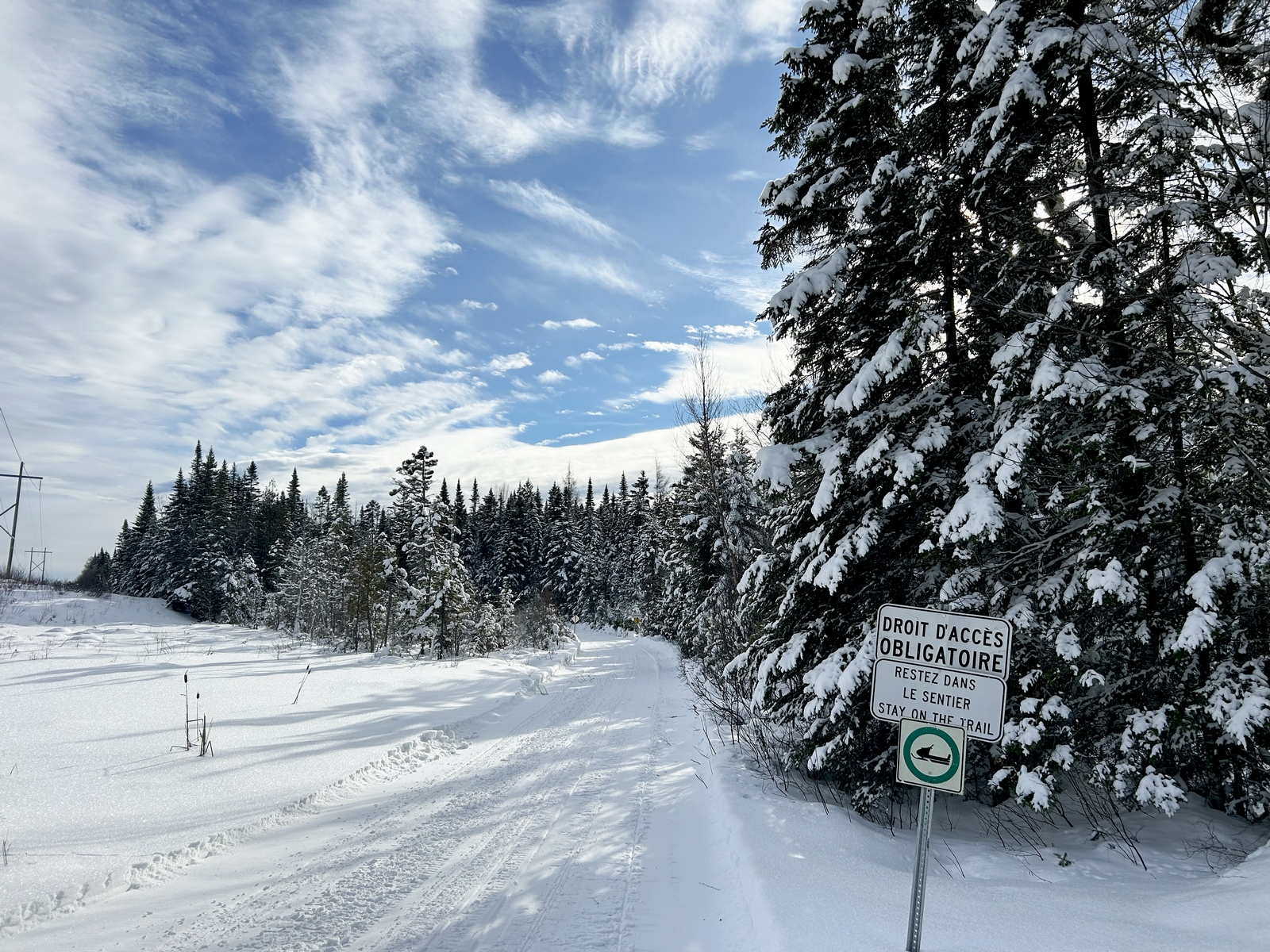
On average, snowmobilers travel at 50 km/h, so for a 250 km trip, budget about five hours, including a fuel stop. The FCMQ website is a treasure trove of information for all Quebec regions. Also, share your itinerary with a friend for added safety.
On the trails, practice responsible behaviour: stay to the right, stop only in safe areas, and be courteous to others. Never venture off marked trails, as land access is often conditional. Be particularly cautious near waterways, crossing only at marked points. Lastly, remember that alcohol and drugs have no place in snowmobiling.
Ready for the Adventure?
Snowmobiling offers a unique way to experience winter. With proper preparation, the right gear, and careful planning, you can enjoy every ride safely. Whether you’re seeking adrenaline, stunning landscapes, or a fresh way to embrace winter, each trip can become an unforgettable experience. So, gear up, plan your route, and hit Quebec’s snowy trails. Adventure awaits!
